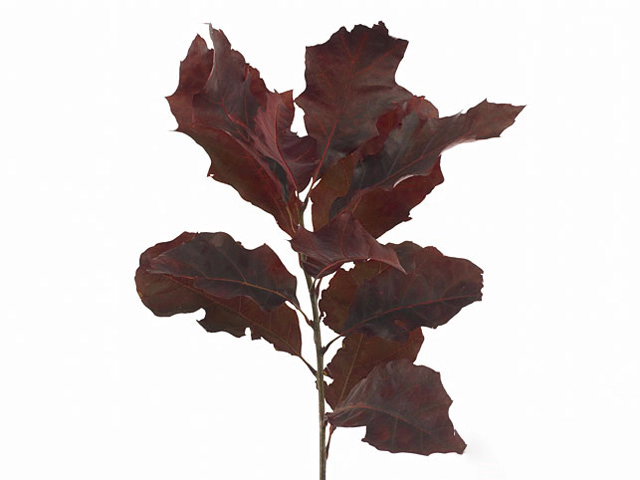Quercus rubra coloured H%

Quercus rubra, commonly known as the red oak or H%~OAK, is a stunning tree species known for its vibrant color and impressive size. As a member of the Quercus genus, it belongs to the Fagaceae family and is native to eastern and central North America.
The red oak gets its name from the distinctive dark reddish-brown color of its wood and leaves. The leaves are deciduous, meaning they change color and drop in the fall season, creating a breathtaking display of red foliage. This characteristic makes it a highly sought-after choice for landscaping and decorative purposes.
One of the defining characteristics of the red oak is its large size. It can grow to be over 100 feet tall, with a spread of up to 70 feet. The trunk of the tree is usually straight and can reach impressive girths. These towering giants make a significant impact in any landscape, providing shade and adding a touch of grandeur to their surroundings.
Apart from its aesthetic appeal, the red oak also offers a range of practical uses. The strong and durable wood of the tree is highly valued in the construction industry. It is commonly used for flooring, furniture, cabinetry, and even for firewood due to its excellent burning qualities.
In addition to its visual and functional qualities, the red oak also plays a vital role in the ecosystem. It provides food and shelter for various wildlife species, including birds, squirrels, and deer. The acorns produced by the tree are a source of nutrition for many animals, and the dense canopy provides a safe haven for numerous bird species.
Unfortunately, the red oak population has faced some challenges in recent years. The species is susceptible to certain diseases, such as oak wilt and anthracnose, which can lead to decline and death of the trees. Additionally, invasive pests like the gypsy moth and oak leaf rollers can pose threats to the health of red oaks.
Efforts are being made to protect and restore red oaks in their native habitats. Conservation organizations and arborists work together to identify and manage disease outbreaks, while also educating the public about the importance of preserving these magnificent trees. Planting new red oaks and ensuring their proper care is crucial for the long-term survival of this iconic species.
The Quercus rubra, or red oak, is a stunning tree with its rich, reddish-brown wood and vibrant autumn foliage. Its grand size, practical uses, and ecological significance make it an invaluable part of our natural environment. By understanding the importance of conserving and maintaining this remarkable species, we can ensure that future generations can continue to experience the beauty and benefits of the red oak.
Market availability index by month:
| Jan. | Feb. | Mar. | Apr. | May | Jun. | Jul. | Aug. | Sep. | Oct. | Nov. | Dec. |
|---|---|---|---|---|---|---|---|---|---|---|---|
| 1 | 1 | 1 | 1 | 1 | 1 | 1 | 2 | 3 | 4 | 1 | 1 |